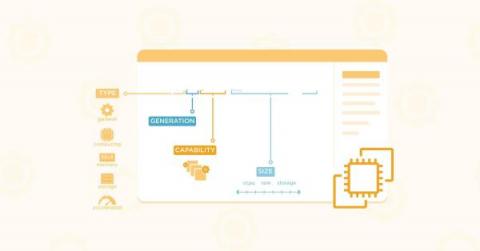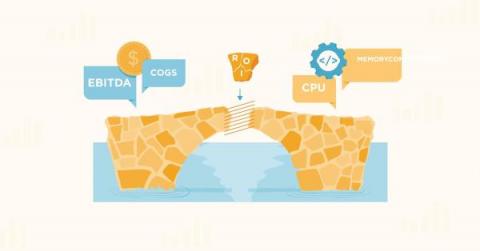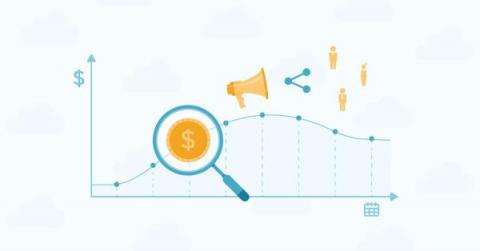EC2 Instance Types 101: The Definitive Guide For 2022
Yet, the same flexibility that makes EC2 so appealing can also make it complex, confusing, and unnecessarily costly. A good way to understand the compute service is to familiarize yourself with EC2 instance types, and what the best use cases are for each. This guide will cover that and more.











